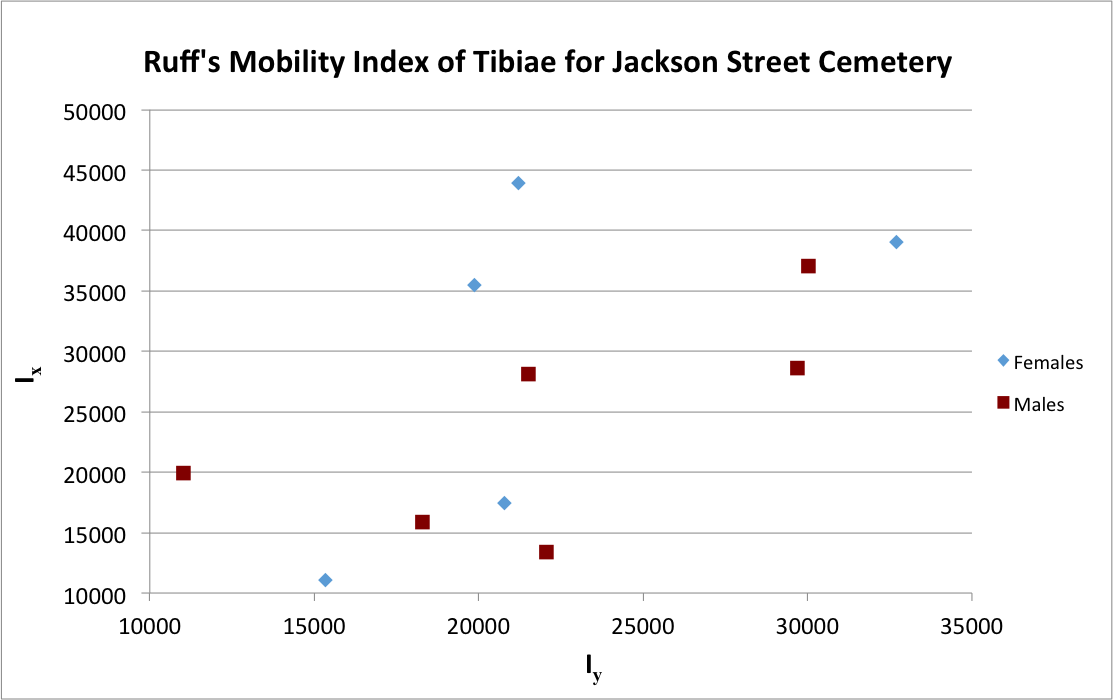Activity Patterns: Results and Comparison
Degenerative Joint Disease Results
Graph comparing sex differences in DJD prevalence among individuals exhumed from the Old Athens Cemetery. In joints where data was collected from individuals of both sexes, there are sex differences in DJD prevalence. For example, males exhibited higher rates of DJD in the right shoulder and left hip, whereas females exhibited higher rates of the DJD in the right hip and knee.
Graph comparing Old Athens Cemetery with two contemporaneous samples: an agricultural slave plantation sample from Mount Pleasant Cemetery (Rathbun, 1987) and a European industrial sample from Sassari Cemetery (Zampetti et al., 2016). From these three populations, visual trends appear in the data. The Old Athens Cemetery sample exhibits similar rates of DJD prevalence as the Industrial Sassari Cemetery sample. Additionally, the collection from Mount Pleasant Cemetery (Charleston, SC) exhibits a higher rate of DJD in both the shoulder and hip joints than either of the other two samples. Therefore, the rates of DJD prevalence in the Old Athens Cemetery more closely resemble a contemporaneous industrial population. These trends indicate that the enslaved Africans interred at the Old Athens Cemetery were likely working in factory settings rather than plantations, with the latter associtated with more mechanical loading and stress on bone tissue.
Cross-Sectional Geometry Results


Scatterplot of Ruff’s Mobility Index of tibiae for males and females from the Old Athens Cemetery. A ratio of 1 represents a bone that has not undergone much remodeling. A ratio of over 1 represents a bone that has remodeled on the anteroposterior plane due to mechanical loading. A ratio of less than 1 represents remodeling on the mediolateral plane. On average, male femora from this population were more remodeled more anteroposteriorly than female femora, while the opposite is true for the tibiae.
